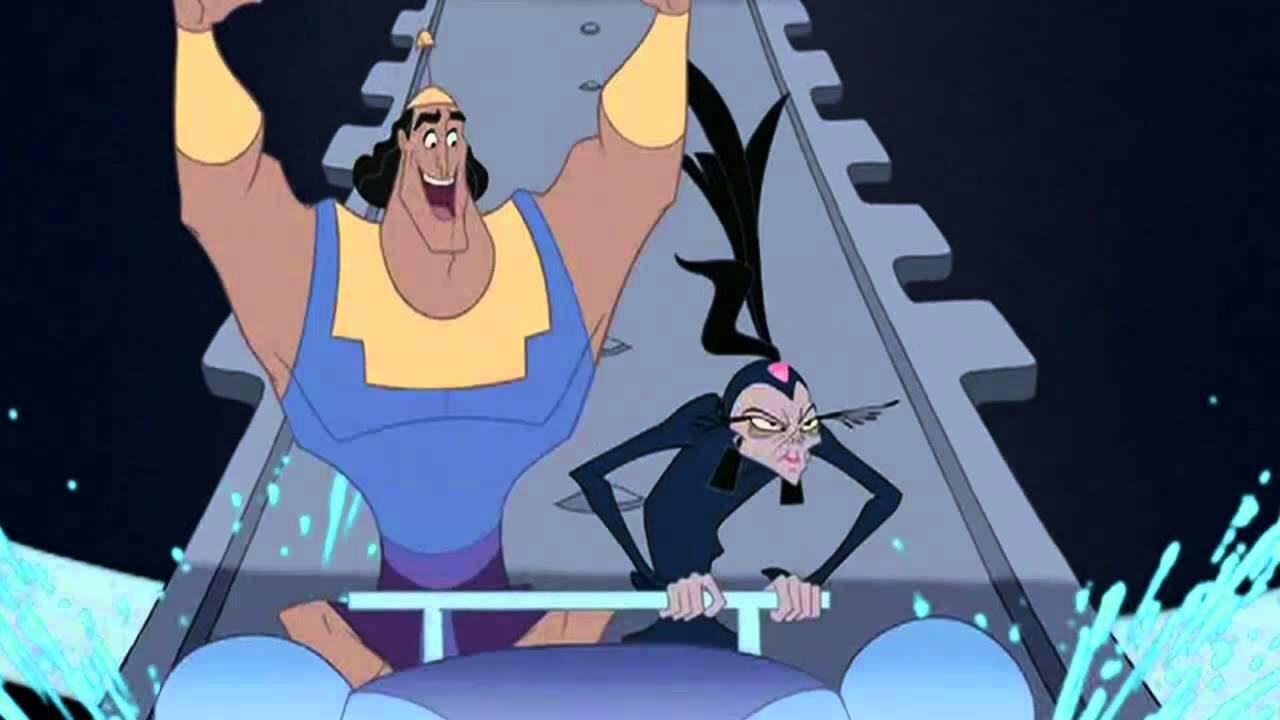I think we might need a break from the heaviness of hitting the low point in the story. We talked about how to get our character to a low point by having failure hit them and taking away the things they've been relying on to get them this far into the story.
Let's look at your story like a rollercoaster. It's going to be the most fun if things go up and down.
There are two types of ups and downs we should consider:
Tension and Intensity
When you're riding a roller coaster and it's going slowly up, up, up, it creates this tension of 'I don't know what's coming, but I can't wait...' and if the entire ride was just building that tension, you'd get so tired of waiting for the release.
On the other hand, if you were to start the ride and immediately drop into an intense free fall, it would feel relentless and you'd never be able to catch your breath.
So when it comes to Tension, we need moments that build up some suspense and help give information, and then also the moments of action where we can just enjoy the ride and the crazy twists and turns it gives us.
When I was younger and would run around telling stories in my backyard by myself (yes, I am an only child), I would then go and type them up on my family computer...and they consisted mostly of action scenes and big moments and I had no idea how to develop a character or build up to moments like that.
Now, let's talk about Intensity.
It's similar, but kind of opposite. Instead of build up and release, we're looking at high activity and reflection.
Some people call this the scene/sequel method, where they will have a part of the story be the big events that happen, and devote a chapter to all of the big activity, and then they'll follow that chapter up with a 'sequel,' where they'll give the characters a chance to catch their breath, talk things through, and figure out what their plan of action is next.
Having those moments in the story allows the reader to also not feel like the action is non-stop and it gives a great opportunity to explore the characters, what they're thinking and feeling, and to talk things through.
Also, it gives us little three act structures within the scene.
A beginning, middle, and end now get built into the major events of the story. It allows us to talk a little about what is going to happen, then the action or event happens, then the characters get to think through and process what just happened... then using that information, they plan on what is going to happen next.
This isn't always the case, but it is a good way for us to have our hero impact the story with their choices instead of always just reacting to what is happening to them. Giving that moment between lets them (and us as readers) really give some thought to what should be done next in the story and we can better understand the character's motivation for making that choice.
Activity: The Intensity Chart
In a screenwriting class I took in college, we were all tasked with taking a poster board and drawing a chart with how intense the moments of the story were, and if we were staying too high or too low for any period of time.
Looking at the moments you have planned so far, which it's fine if you're still in the one-sentence snowflake part of the outline, think about each moment and rank it from 1 to 10, 1 being very low on action and intensity, 10 being wild and crazy.
Now, we're at 75% of the way through the outline, and Act Three is usually where things ramp up to be the most intense part of the story, so unless there are some really crazy parts that have happened in the story so far, you might want to save a 9 or a 10 rating for the big climax of the story.
If you're starting the story in the middle of a fun, active scene, then you may start at a higher number, but often stories will start kind of slow to allow the reader to get to familiarize themselves with the character and location.
After that, you should have a spike upward when the inciting incident hits, then it drop down as the character debates if they want to move forward. Then the move from Act One to Two should be another jump upward. Do you see how things bounce up and down along the way?
When you take each major moment from your story and rank them 1-10, do you see it staying too high for some parts, or too low for too long? If it's non-stop action, maybe think about how you can give your characters (and readers) a moment to catch their breath and relax. If the story has a long lull of what might be considered a boring pace, consider how the action or intensity could be bumped up with some interesting scenes thrown into the middle of it.
The Edge of Act Three
This is the time where we are going to look at everything that has happened in Acts One and Two and think about how our character needs to change by the end of the story.
Let's make sure that the flaws and difficulties they've had at the beginning can either be let go of or transformed by putting them through this darker period, because who they were at the beginning of the story shouldn't be enough to get them through the end, and only through changing are they going to be able to face what is coming in Act Three to win the day.
Think about what their problem is in the beginning, think about what a mentor or friend sees in them that they can't see, and think about what they might have learned along the way as they adventured through the Fun and Games and Bad Guys Close In of Act Two, and you should start to have a recipe for what they need in order to finish out the story strong.
See you in Act Three!













Share this post